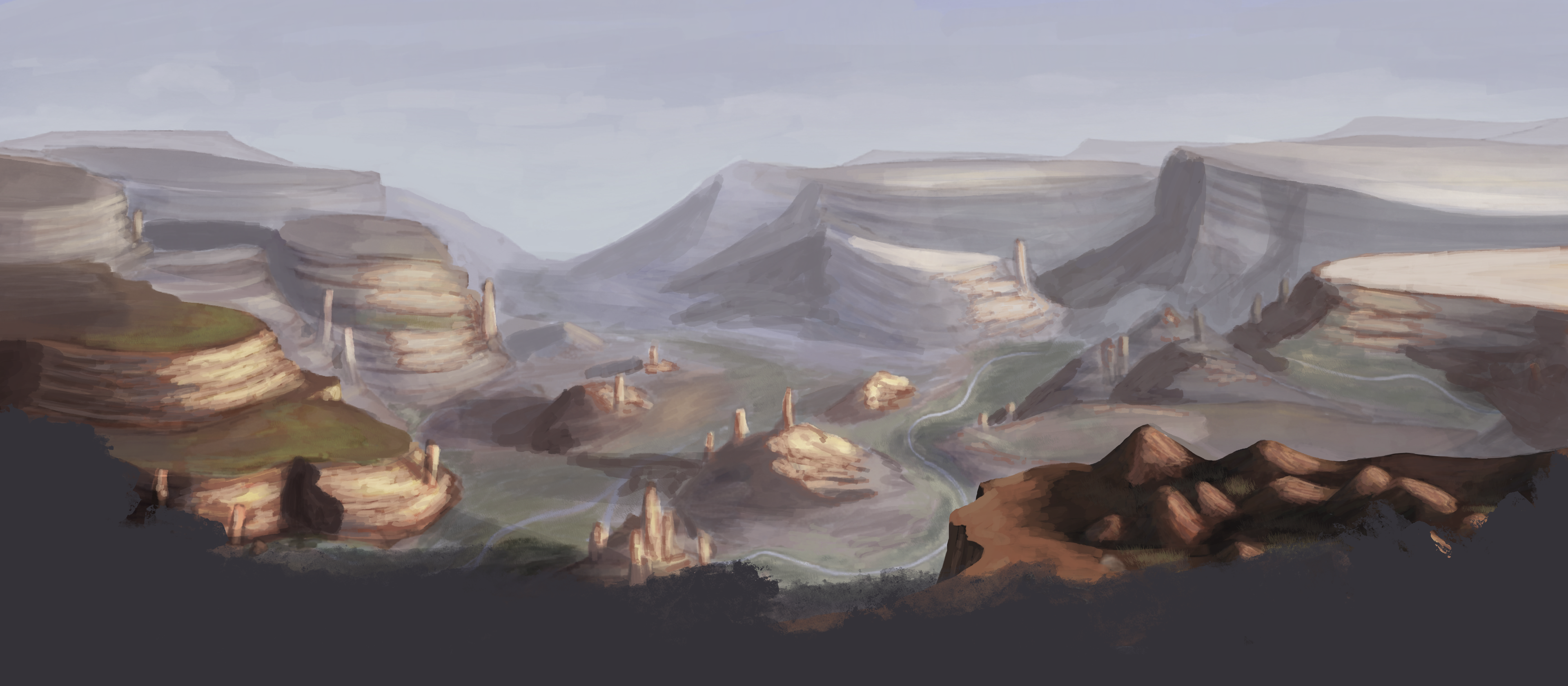Berulia Horse
This species of horse is native to the Country of Berulia where it is a symbol of strength and beauty.
The word "Berulia" translates to horse in the local language.
They tend to be taller horses, with these breeds ranging from 1.6 to 1.9 meters or even more elevated. Some exceptional individuals may even reach over 2 meters in height.
Their bodies are relatively durable having deep muscularity, with an incredible endurance allowing them to maintain high speed or intense labour for hours before needing to rest for the day.
Their coat colour is an orange chestnut with it ranging in vibrancy, and its mane and tail are typically found in sapphire black, but on rare occasions, white sandstone does appear as a recessive gene.
They are often referred to being one of the most fearless horses in the entirety of the known world and are often used in mounted combat.
However they come with an inherent stubbornness. Despite their courage, these horses can be independent-minded and prone to exhibiting strong-willed behaviour. This stubbornness can manifest as resistance to training or difficulty in conforming to commands, requiring experienced and patient handlers to work with them effectively.
Basic Information
Genetics and Reproduction
ares reach sexual maturity at around 2-3 years of age, while stallions can start breeding as early as 1.5 years of age, although it is more common for them to begin breeding at around 3 years. During the breeding season, mares become receptive to mating, and if successfully bred, they will carry the foal for approximately 11 months before giving birth.
Growth Rate & Stages
Foal
The newborn Berulian horse is called a foal. Foals are born with a soft coat, wobbly legs, and are highly dependent on their mothers for nourishment and care. During this stage, they primarily focus on nursing, developing their strength, coordination, and bonding with their mother.Weanling
Around the age of 4 to 6 months, the foal transitions into a weanling. At this stage, they begin to consume solid food, such as grass and hay, alongside their mother's milk. Weanlings experience rapid growth and development, gaining strength, height, and weight as they explore their surroundings and interact with other young horses.Yearling
The yearling stage occurs between 1 and 2 years of age. During this period, Berulian horses continue to grow and mature. Their bodies become more muscular, and their bones continue to develop and strengthen. Yearlings engage in play behaviour, establish social hierarchies within their herd, and start basic training exercises to prepare for future activities.Adolescent
From around 2 to 3 years of age, Berulian horses enter the adolescent stage. They experience a growth spurt during this period, where their height and body proportions continue to change. As they approach physical maturity, their energy levels and curiosity may increase, requiring appropriate training and guidance from experienced handlers.Adult
The adult stage begins around 4 to 5 years of age when Berulian horses reach physical maturity. At this point, they have achieved their full height and developed their musculature. Adult horses are ready for various activities, including mounted combat, working in agriculture, or participating in recreational riding. Their growth rate significantly slows down, and they continue to refine their skills and build experiences throughout their adult life.Dietary Needs and Habits
The Berulian horses have specific dietary needs and habits that contribute to their overall health and well-being. They are herbivores, primarily feeding on a variety of grasses and forage. Their diet consists of grazing on nutrient-rich pastures and consuming ample amounts of fresh water. They have evolved to efficiently extract nutrients from vegetation, and their digestive system is adapted to process plant matter.
These horses have a relatively high metabolic rate due to their size and activity level, requiring them to consume a substantial amount of food to meet their energy needs. They have a preference for grazing throughout the day, typically consuming small portions of grasses and plants at regular intervals. This grazing behavior allows them to maintain a steady intake of nutrients and helps regulate their digestion.
Additional Information
Perception and Sensory Capabilities
Berulian horses possess average sensory capabilities, with their vision being their primary sense. However, their eyesight is not exceptional and may be considered relatively weaker compared to some other horse breeds. Despite this, Berulian horses compensate for their average eyesight with their exceptional fearlessness and heightened awareness of their surroundings. They rely on their keen instincts and acute hearing to navigate their environment and respond to potential threats or challenges. Their ability to sense danger and react swiftly contributes to their reputation as fearless and reliable mounts in combat situations.
Remove these ads. Join the Worldbuilders Guild









Comments